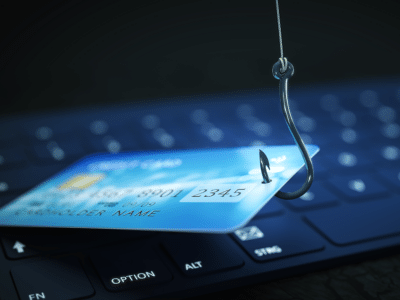Scams are prevalent on social media. A new feature on Twitter, called Twitter Blue, had many singing the blues after being caught unaware.
What is Twitter Blue?
Elon Musk, the CEO of Tesla, recently bought Twitter and launched a new feature that allows users to display a blue verification checkmark next to their name. Users who subscribe to Twitter Blue were also told they will get other perks like Bookmark Folders, Undo Tweet, Reader Mode, Customizable App Icons, and more.
In the past, this feature was used by Twitter to showcase accounts that belonged to legitimate brands, public figures, or governments.
Suddenly, it could be acquired by simply paying for a $7.99 monthly subscription. That meant anyone could have a blue checkmark.
Social Media Users Need to Always be on Alert for Scams
The Twitter Blue rollout was quickly pulled after a sudden flood of impersonators took hold of Twitter Blue.
Because the new subscription allowed anyone to appear to have a “verified” account, cybercriminals were using it to launch their attacks.
They subscribed their fake accounts to Twitter Blue, got the blue checkmark, and suddenly appeared authentic to their victims – a notably dangerous situation. They began to impersonate public figures and brands to spread disinformation or create customer support scams.
According to Proofpoint, a company that tracks online fraud, there has been a notable rise in Twitter-related phishing campaigns to steal credentials for the platform over the past couple of weeks.
Social media users have been “trained” to believe that the blue checkmark on their favorite platforms means that an account is authentic.
This has created a false sense of security, and the Twitter Blue flop reveals exactly why social media users must always be on the lookout for scams.
How to Protect Yourself from Illegitimate Accounts
The flop of the Twitter Blue rollout points out the importance of being cautious online – even if things look legitimate to you. So, how do you protect yourself from fraudsters?
Be wary of social media accounts that:
- Ask you to take an action
- Ask you to provide sensitive information
If an account asks you to do either of those things, then it could be a cybercriminal’s attempt to manipulate you. Always remember to:
- Never trust that an account is legitimate just because it has a verification checkmark.
- Never share sensitive information on any social media platform. If an account asks for sensitive information, reach out to the individual or organization directly. Use their phone number or official email to verify.
- Always fact check. Review any news and information you hear online by checking press releases and other trusted sources.
Cybercriminals are always looking for the next opportunity to take advantage of you, and Twitter Blue is the most recent example. Stay alert online to protect yourself from fraudsters.



